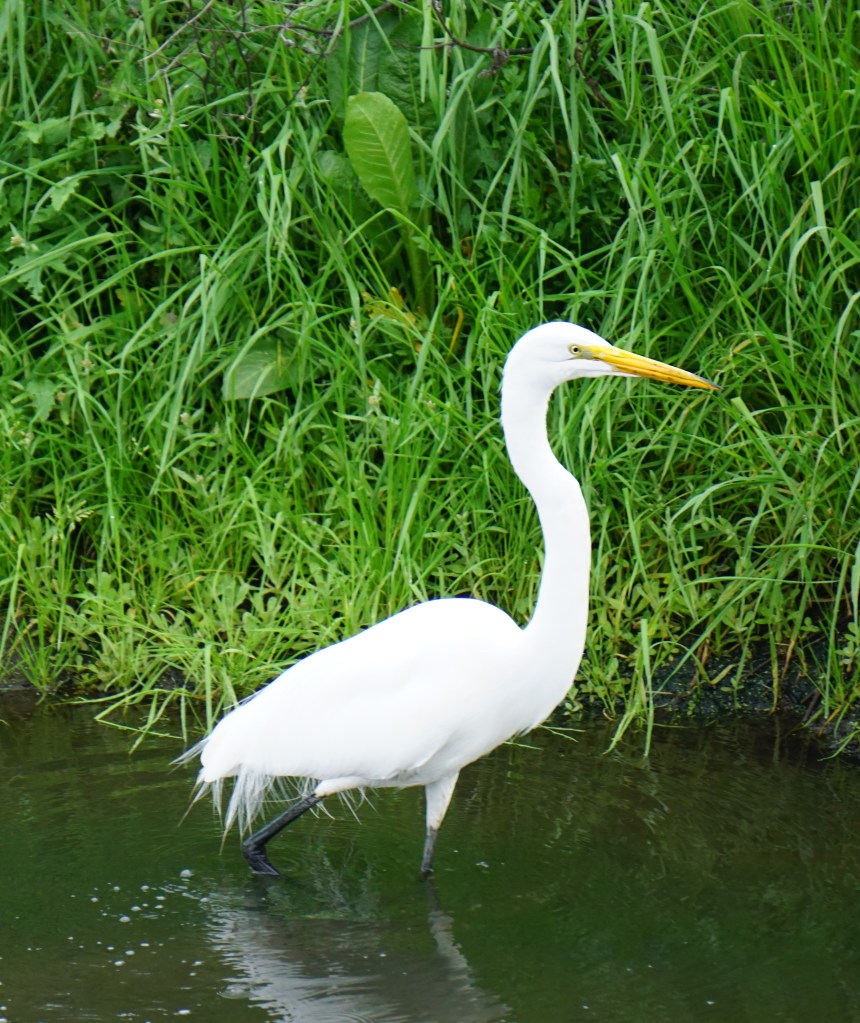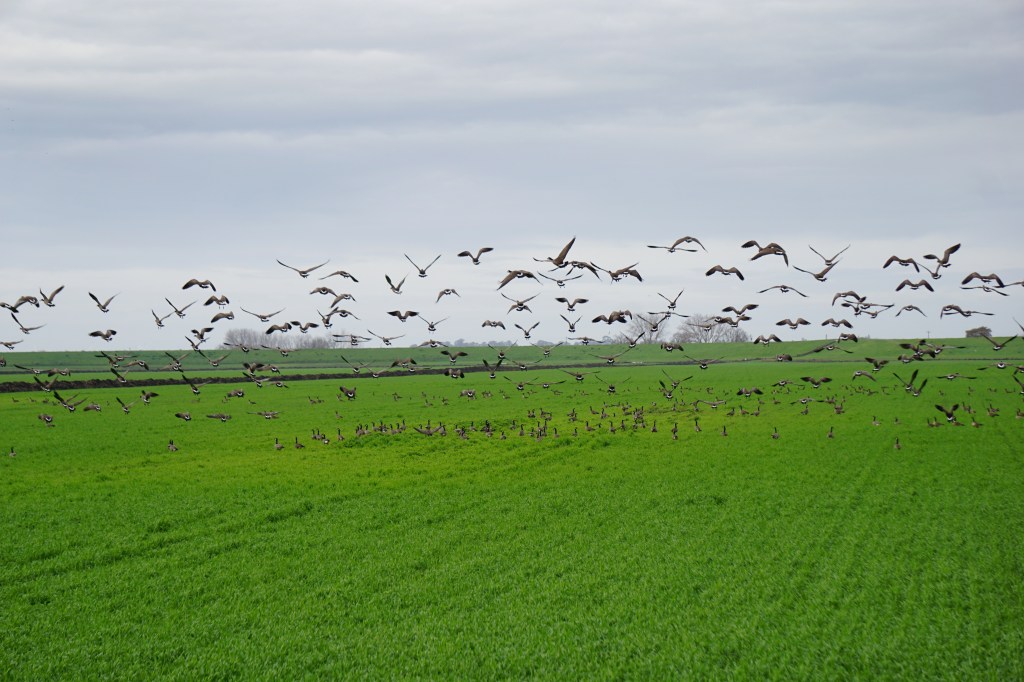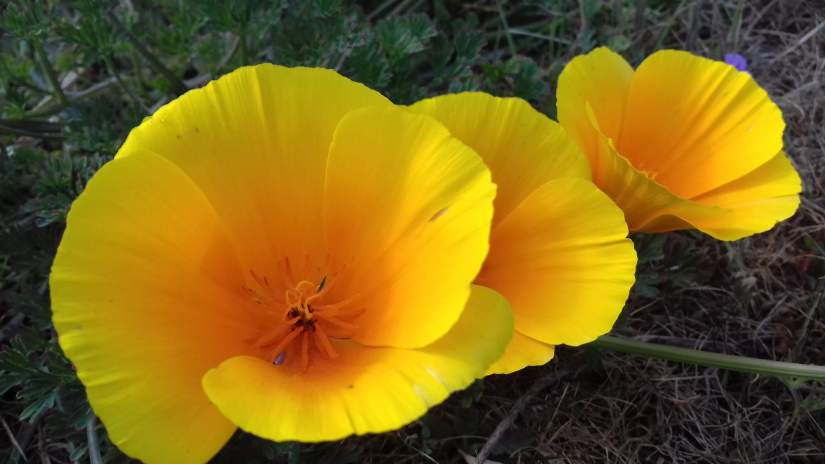
Sandhill Cranes, Staten Island, California
Now is the season to know
everything you do
is sacred.
–Hafiz
Recently, I traveled to Staten Island in California’s Central Valley near Lodi, California. An important wintering spot for migratory waterbirds, the Central Valley supports 60% of wintering waterfowl in the Pacific Flyway and 20% of the winter waterfowl in the whole of the US. According to the Audubon website, “The four Central Valley regions hosted approximately 65 million migratory land birds in the spring and 48 million in the fall.” My purpose in the visit was to see the sandhill cranes. Since the cranes like marshes, bogs, agricultural lands, river valleys, and open prairie, California’s Central Valley is a perfect wintering location for the birds.
The largest gathering in the world of sandhill cranes is in Nebraska, where over a quarter million sandhill cranes gather in spring on the Platte River. Witnessing the multitude of bird life gathered in that location, the air filled with their wing-flutter, their voices calling to each other across fields, and the enormous energy of their life-force could carry one into a state of awe. The Nature Conservancy’s excellent short video of the sandhill cranes’ spring presence in the Platte River Valley enables people to visit the spectacle vicariously. Viewing the film brought me into sharper awareness of the myriad worlds that occur simultaneously alongside our human one.

Sandhill Cranes, Staten Island, California
At least 3,000 years ago bird migration patterns were noticed in various cultures of the Pacific islands as well as in ancient Greece, and are also referred to in the Bible in the books of Job and Jeremiah (Wikipedia). While humans are out traversing the highways, working in fields, gathering in buildings, or sitting in around the dinner table discussing who to vote for in upcoming elections, sandhill cranes and other migratory birds have their own motivations and are flying by the thousands upon thousands to locations they’ve gathered at for millennia.
While we move through our day unaware of nature’s larger rhythms, a great cycle of being is unfolding all around us and we are part of it. Like an Indian raga, the movements of animals flow in cyclic rhythms of time across the globe in circuitous routes, increasing in volume, size, and energy at different locations, then quieting down and moving on as seasons change, only to be repeated again the following season. Flyways and the myriad patterns of many other animals moving across the globe–leatherback turtles, whales, monarch butterflies, bats, salmon, pronghorn deer, each following ancient rhythms, can be seen on interactive maps like this one, as well as this video of global animal movements.
The whole of creation is in a state of continuous change. Though trees are rooted, Chelsea Steinaur-Scudder and Jeremy Seifert, in their article in Emergence Magazine, “They Carry Us With Them: The Great Tree Migration,” describe tree migrations that have occurred over millennia, and that are presently taking place as a result of a variety of factors not as yet totally clear, but including “changes in climate, past and present land use and management, the proliferation of native pests and plants, the introduction of non-native species, and the built landscape.”
A big part of my reason for wanting to see the sandhill cranes is because many of my great aunts and uncles were born in Nebraska. I’ve been writing about them, and want to experience more of the landscape they inhabited to better imagine their voices and to sense how the land there might have shaped their lives. Though they lived at Nebraska’s western edge and not in the Platte River Valley, they may well have experienced the cranes’ migration, and I like the idea of my life intersecting with a vision of these birds that may have also been a vision they had. My ancestors migrated from the eastern US states to Nebraska. I never met most of them because by the time I was born, my parents had migrated to California. My great grandparents, as well as several of my great aunts and uncles, died before I was able to meet them.

Geese, Staten Island, California
In Western culture we like to think of time as linear and often depict history on timelines. A different way of looking at existence is to imagine it as circular or a great spiral–the spiraled twist of DNA helix, the chambered nautilus’s fibonacci whorl, the swirled currents of wind and water, and the cosmic curled tail of our galaxy. We are all part of the great movement of becoming. In our migrations, we say goodbye to what was and reach toward what will renew and nurture us in body or spirit. To live is to be part of the great cycle of birth and death. There are many deaths and births before we let go of our bodies.
Humans generally like firmness and solidity. We live in a certain location or in a particular period of time. Nevertheless, it’s also true that humans have been migrating since the dawn of their existence, as this National Geographic map shows. Many times, people move from their birthplace to other locations. According to the UN, “more people than ever live in a country other than the one in which they were born.” When we choose to move elsewhere, we generally hope the move will carry us to an environment we perceive is better than the one we left behind. These maps depict human migration in recent times, making it clear not everyone migrates out of choice. Whether people migrate from their own choice or not, letting go of one’s former life carries with it a kind of grief.
Gail Rudd Entrekin‘s poem “Finally,” (used with her permission) found in her excellent book of poems, Walking Each Other Home, takes a close look at what it’s like to come face to face with losses we don’t necessarily expect during the migration of our lives as we move from birth toward maturity.
Finally
Every morning now it’s the big girl pants
and they are not black silk with lace, but cotton
voluminous and white. You’ve seen them
hanging on clothes lines back in the day,
functional pants for women who mean
business. They mean to get things done
no allowance for pain, don’t mean to spend
a single minute caressing their losses. These
women look straight ahead and forget to smile
at children, forget to touch their husbands’ hands,
their old husbands wandering like children,
these men who were supposed to be gods
and fell unable in their duty to protect, left
these women to drop their peacock feather earrings,
chop off their long thick hair, toss their wild
photos into an old shoe box, and take charge,
grow up, finally, grow all the way up.
The poem brings us into the world of navigating inside those difficult migrations life inevitably brings our way. The underwear described in the poem aren’t black silk with lace. They are “functional,” the kind perhaps our grandmother or great grandmother might have worn, women so busy trying to survive they didn’t take time to soothe themselves regarding what they lost. We need dear ones close by to help steady us but for various reasons, we don’t always have the support we need.
Often times when entering into difficult life passages, we recognize the journey’s challenges and find ourselves needing to turn serious and grow practical. Entrekin’s poem describes these women, they who no longer do such things as wear their lovely peacock feather earrings. They cut their thick hair, and toss the photos of their wilder days in an old shoe box. In confronting hardship, they’ve let go their adornments and spontaneity. Out of necessity they “take charge, / grow up, finally, grow all the way up.” There is such sobering responsibility and finality embedded in those words. Courage and bravery too. I read the lines and think of people I know right now who are having to do just that as they confront various difficulties.
There’s also a sadness there, a sorrow in this letting go of a former self in order to “take charge.” Things that have delighted and brought us joy are important touchstones to memories that helped shape and give texture to our lives. Even if out of necessity, we don’t want to stuff them away in a shoebox never to be seen again. We need the things that give us beauty and joy in order to keep going. Nevertheless, eventually, as we approach our life’s last days, everything we’ve held so precious will need to be set aside. We will need to let go of everything we’ve ever held dear.

Egret, Staten Island, California
Entrekin titles her poem “Finally.” When we retire from work we felt dedicated to for years, or when someone dear to us becomes seriously ill or dies, we leave one world behind for another. These situations and circumstances require us to leave behind a familiar reality for a different one and are a kind of interior migration as well as a death of a former way of living.
The arrival of bodily death is the ultimate finality. Contemplating our death can help us recognize what it is that truly matters. To help us do this, Buddhists recommend people practice reading or reciting what they call the Five Remembrances:
- I am of the nature to grow old. I cannot escape old age.
- I am of the nature to grow ill. I cannot escape sickness.
- I am of the nature to die. I cannot escape death.
- I will be separated from everything and everyone I hold dear.
- My only true possession is my actions.
Frank Ostaseski, head of the Zen Hospice center in San Francisco, California, in his book, The Five Invitations, encourages us to sit down with “sister death,” to have tea and conversation with her because in doing so we learn how to live more fully. Ostaseski suggests that as we turn toward the griefs we carry, we become more whole. “Every time we experience a loss, we have another chance to experience life at a greater depth,” he writes. “It opens us to the most essential truths of our lives: the inevitability of impermanence, the causes of suffering, and the illusion of separateness. We begin to appreciate that we are more than our grief. We are what the grief is moving through.”

Geese at Staten Island, California
“In the end,” Ostaseski goes on to explain, “we may still fear death but we don’t fear living nearly as much. In surrendering to our grief, we have learned to give ourselves to life.” Ostaseski’s talk about poetry and the end of life, is moving, and I recommend it.
The other side of grief is love. For me, both Entrekin’s poem and Ostaseski’s insights emphasize the preciousness of every moment. The simplest things are treasures: sitting in the presence of those we love, the taste of a good meal, a walk under billowed clouds spread across a wide sky. Life is ephemeral. This is why in the end, acts seemingly as simple as walking across a room are not simple or trivial. They are rich and lavish gifts of being. As the 14th century Iranian poet Hafiz wrote in The Gift, translated by Daniel Ladinsky:
Now is the Time
Now is the time to know
That all that you do is sacred.
Now, why not consider
A lasting truce with yourself and God.
Now is the time to understand
That all your ideas of right and wrong
Were just a child’s training wheels
To be laid aside
When you finally live
With veracity
And love.
Hafiz is a divine envoy
Whom the Beloved
Has written a holy message upon.
My dear, please tell me,
Why do you still
Throw sticks at your heart
And God?
What is it in that sweet voice inside
That incites you to fear?
Now is the time for the world to know
That every thought and action is sacred.
This is the time
For you to compute the impossibility
That there is anything
But Grace.
Now is the season to know
That everything you do
Is sacred.






